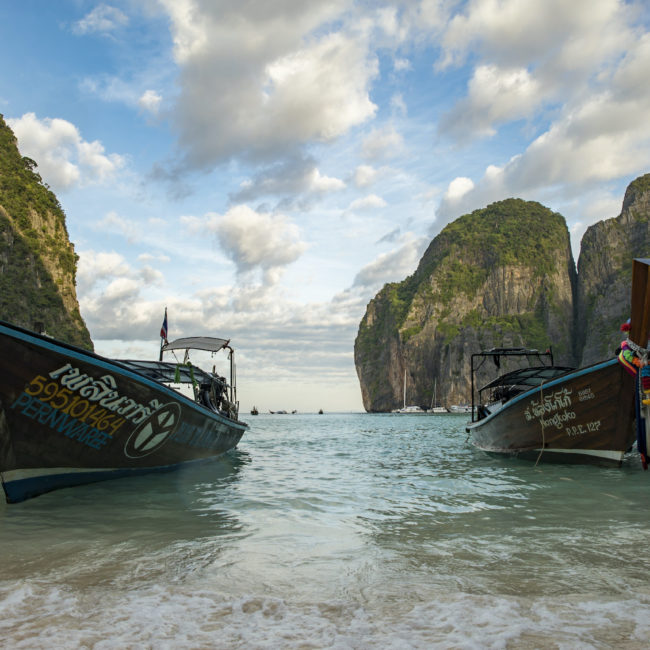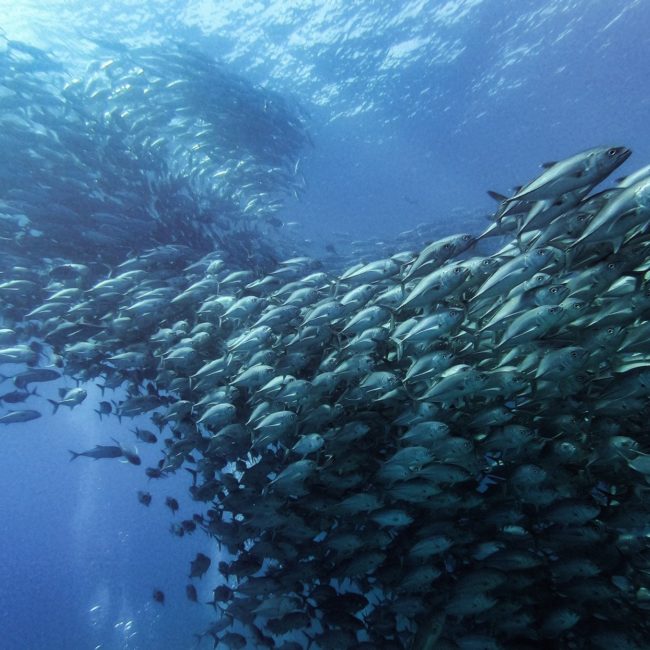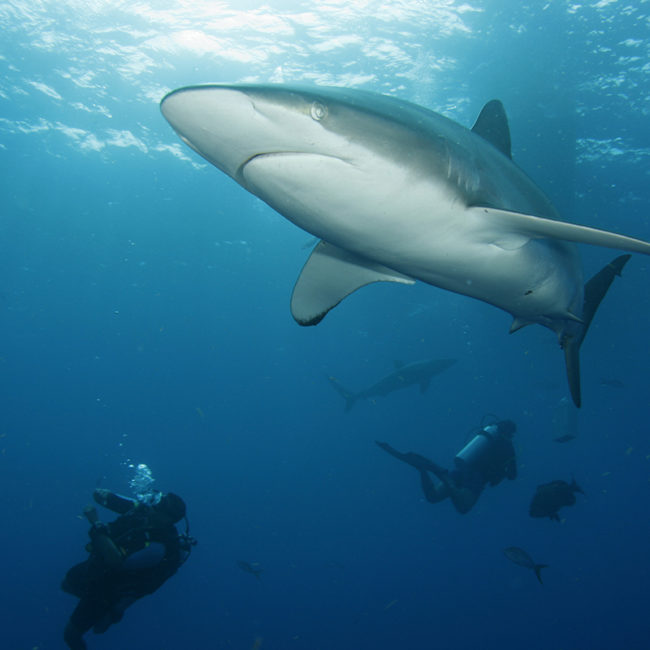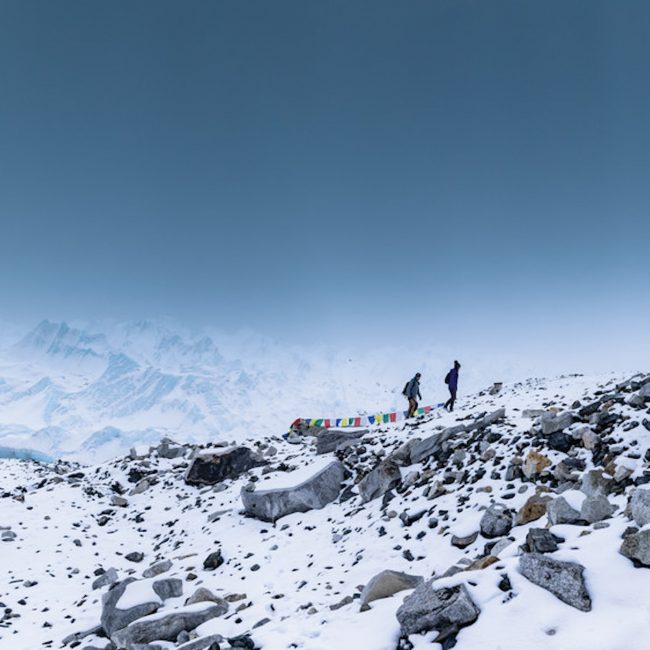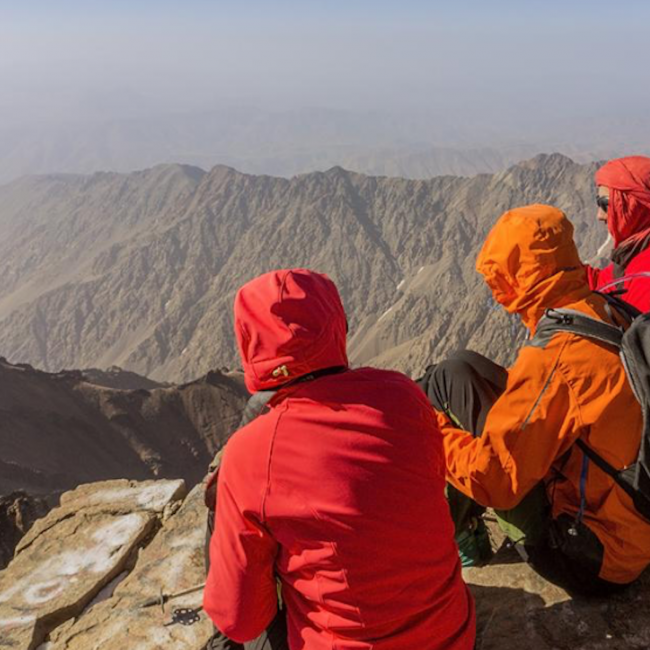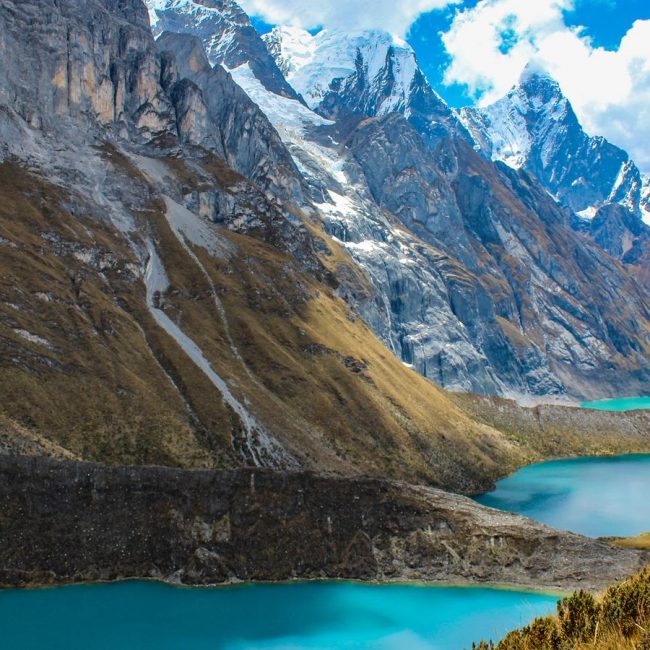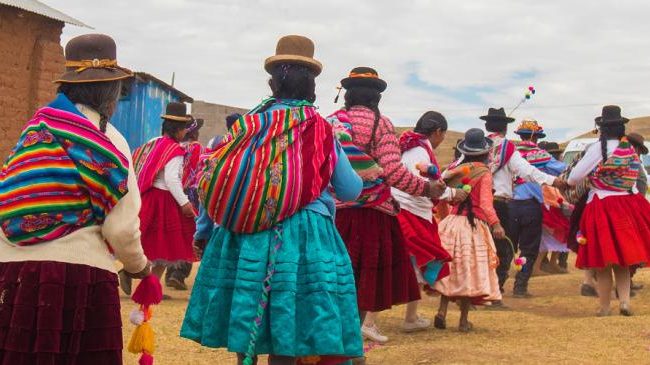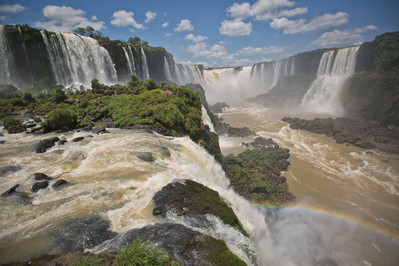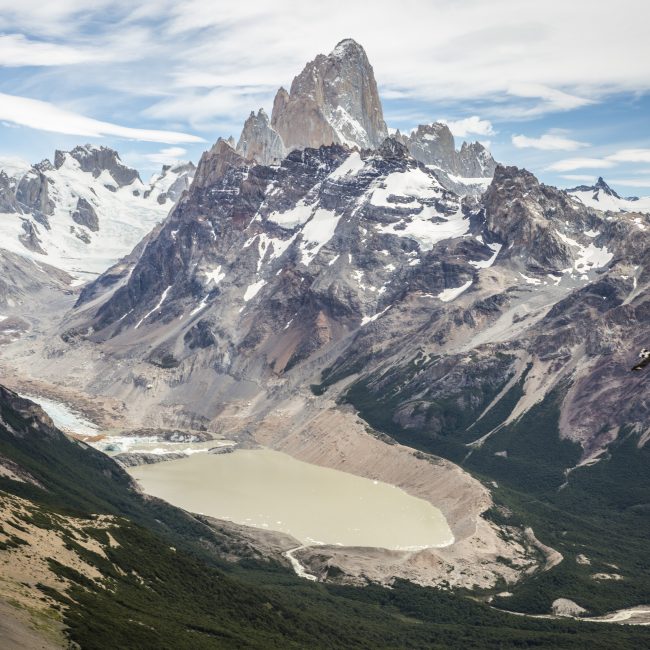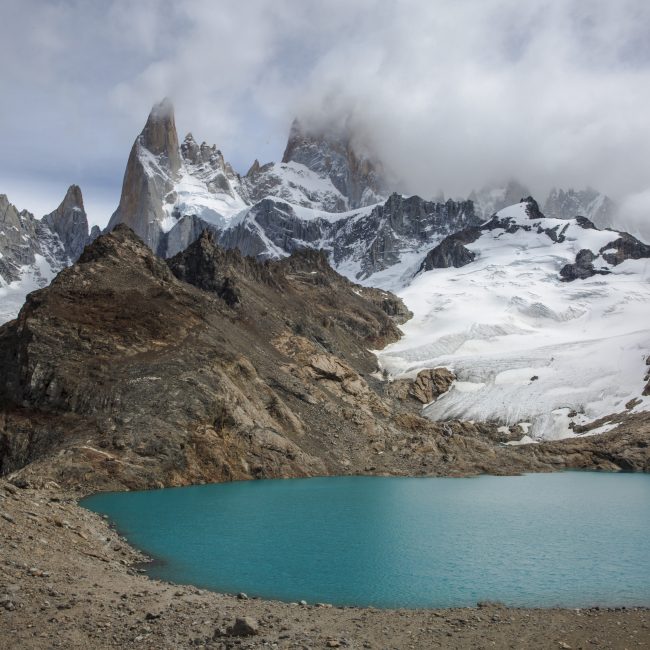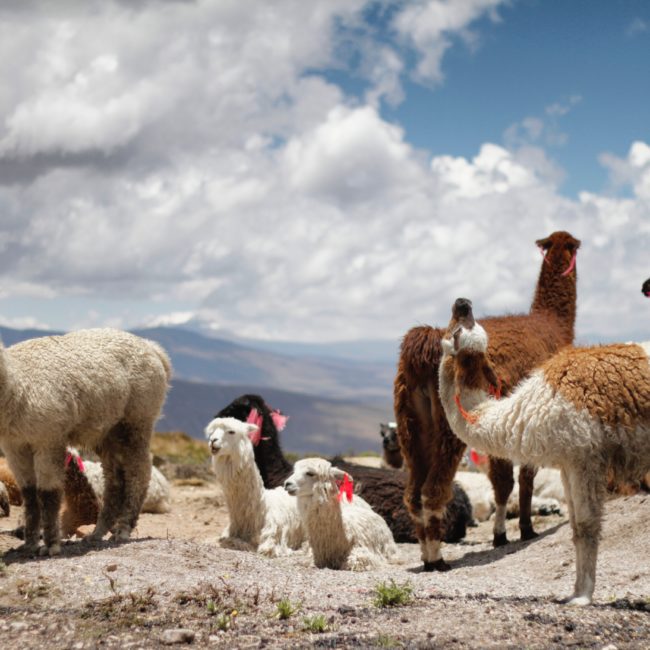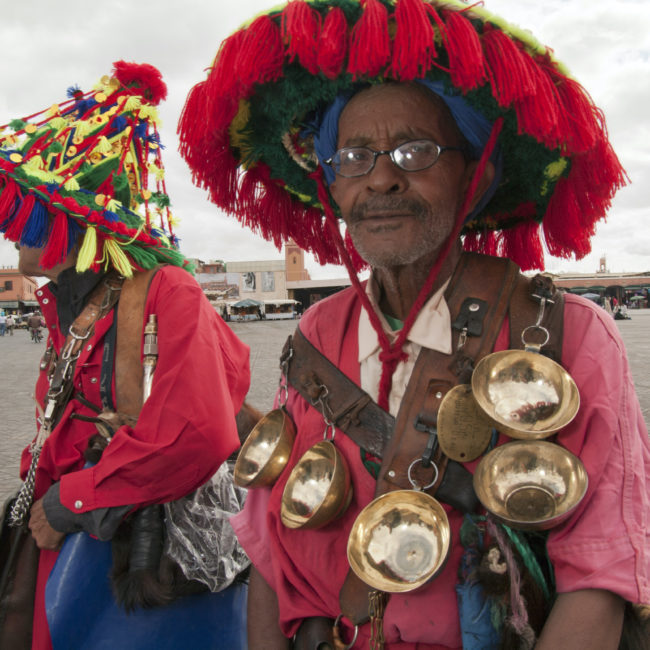
The United States is a country in the Western Hemisphere. It consists of forty-eight contiguous states in North America, Alaska, a peninsula which forms the north-western most part of North America, and Hawaii, an archipelago in the Pacific Ocean. There are several United States territories in the Pacific and Caribbean. The term “United States”, when used in the geographical sense, means the continental United States, Alaska, Hawaii, Puerto Rico, Guam, and the Virgin Islands of the United States. The country shares land borders with Canada and Mexico and maritime (water) borders with Russia, Cuba, and The Bahamas.
The history of the United States traditionally starts with the Declaration of Independence in the year 1776, yet its territory was occupied first by the Native Americans since prehistoric times and then also by European colonists who followed the voyages of Christopher Columbus starting in 1492. The largest settlements were by the English on the East Coast, starting in 1607. By the 1770s the Thirteen Colonies contained two and half million people, were prosperous, and had developed their own political and legal systems. The British government’s threat to American self-government led to war in 1775 and the Declaration of Independence in 1776. With major military and financial support from France, the patriots won the American Revolution. In 1789 the Constitution became the basis for the United States federal government, with war hero George Washington as the first president.
We help you fulfill your bucket list!
If you don’t see what you’re looking for, we would love to help create custom solutions and reach out to you!
Country Information
Effective January 26, the Centers of Disease Control and Prevention (CDC) will require all air passengers entering the United States (including U.S. citizens and Legal Permanent Residents) to present a negative COVID-19 test, taken within three calendar days of departure or proof of recovery from the virus within the last 90 days. Airlines must confirm the negative test result or proof of recovery for all passengers two years of age and over prior to boarding. Airlines must deny boarding of passengers who do not provide documentation of a negative test or recovery.
Please see CDC’s FAQ for answers to questions about the new requirement for proof of negative COVID-19 test or recovery from COVID-19 for all air passengers arriving in the United States.
Citizens of most countries need a visa to enter the United States. Most travelers also need to have six months of validity left in their passports before they can enter the country. To make sure that you have a valid passport, check with the embassy or consulate or with your tour operator.
It is not necessary to have any inoculations or vaccinations to enter the United States unless you are arriving within six days from any Yellow Fever infected areas. If you take any medication on a regular basis please ensure you carry a supply to last throughout the trip.
The United States includes a wide variety of climate types due to its large size, range of geographic features, and non-contiguous arrangement. In the contiguous United States to the east of the 100th meridian, the climate ranges from humid continental in the north to humid subtropical in the south. The southern tip of Florida is tropical. The Great Plains west of the 100th meridian are semi-arid. Much of the Rocky Mountains, the Sierra Nevada, and the Cascade Range are alpine. The climate is arid in the Great Basin, desert in the Southwest, Mediterranean in coastal California, and oceanic in coastal Oregon and Washington.
The United States is at the forefront of communications technology. It’s no wonder that many of its citizens use the most recent devices to get in touch with people from all over the world.
The ways Americans communicate vary significantly by age. Sending and receiving text messages is the most prevalent form of communication for Americans younger than 50. More than two-thirds of 18- to 29-year-olds say they sent and received text messages “a lot” the previous day, as did nearly half of Americans between 30 and 49. Younger Americans are also well above average in their use of cellphones, email and social media on a daily basis.
Among Americans aged 65 and older, the most-used methods of communication are cell phones, landline phones and email, although this older group is generally much less likely than those who are younger to use any form of communication
Most areas in the United States have mobile and Internet access. Many homes also use landlines. However, there are some places where only radios and non-cellular technology are used, especially in mountainous or desert areas.
The United States operates on 120 volt, 60 Hz cycle 4AC power. Most electrical outlets accept plugs with two thin rectangular flat prongs. If you plan on recharging video camera batteries etc. it is suggested that you bring an adaptor plug.
All incoming travelers to the United States should present a negative COVID PCR test taken within three days of their arrival. All airline passengers over the age of two will be required to present said testing certificate. If they have recovered from the disease within the last 90 days, they should provide a valid certificate attesting to the fact.
It is strongly advised to carry cash, an ATM card, traveler’s check, or a credit card. Many hotels, lodges, and camps will accept credit cards, however it is advised to withdraw cash when visiting remote areas and villages.
The United States dollar (symbol: $; code: USD; also abbreviated US$ or U.S. Dollar, to distinguish it from other dollar-denominated currencies; referred to as the dollar, U.S. dollar, American dollar, or colloquial buck) is the official currency of the United States and its territories per the Coinage Act of 1792.
White people constitute the majority of the U.S. population, with a total of about 234,370,202 or 73% of the population as of 2017.[19] Including multiracial people, the white share of the population exceeds 75%. Non-Hispanic Whites make up 60.7% of the country’s population.
Hispanic and Latino Americans accounted for 48% of the national population growth of 2.9 million between July 1, 2005, and July 1, 2006. Immigrants and their U.S.-born descendants are expected to provide most of the U.S. population gains in the decades ahead.
The official language is English with 82% of the population claiming English as their first language. It is estimated that 96% of the population is literate.
It is estimated that the religious community comprises: Protestant 51.3%, Roman Catholic 23.9%, other Christian 3.3%, Jewish 1.7%, Buddhist .7%, non-religious.16.1%.
The United States is the world’s oldest surviving federation. It is a constitutional republic and representative democracy, “in which majority rule is tempered by minority rights protected by law”. The government is regulated by a system of checks and balances defined by the U.S. Constitution, which serves as the country’s supreme legal document. In the American federalist system, citizens are usually subject to three levels of government, federal, state, and local; the local government’s duties are commonly split between county and municipal governments. In almost all cases, executive and legislative officials are elected by a plurality vote of citizens by district.
The economy of the United States is the world’s largest national economy. Its nominal GDP was estimated to be nearly $14.7 trillion in 2010, approximately a quarter of nominal global GDP. Its GDP at purchasing power parity was also the largest in the world, approximately a fifth of global GDP at purchasing power parity. The U.S. economy also maintains a very high level of output per capita. In 2009, it was estimated to have a per capita GDP (PPP) of $46,381, the 6th highest in the world. The U.S is the largest trading nation in the world. Its three largest trading partners as of 2010 are Canada, China and Mexico.





